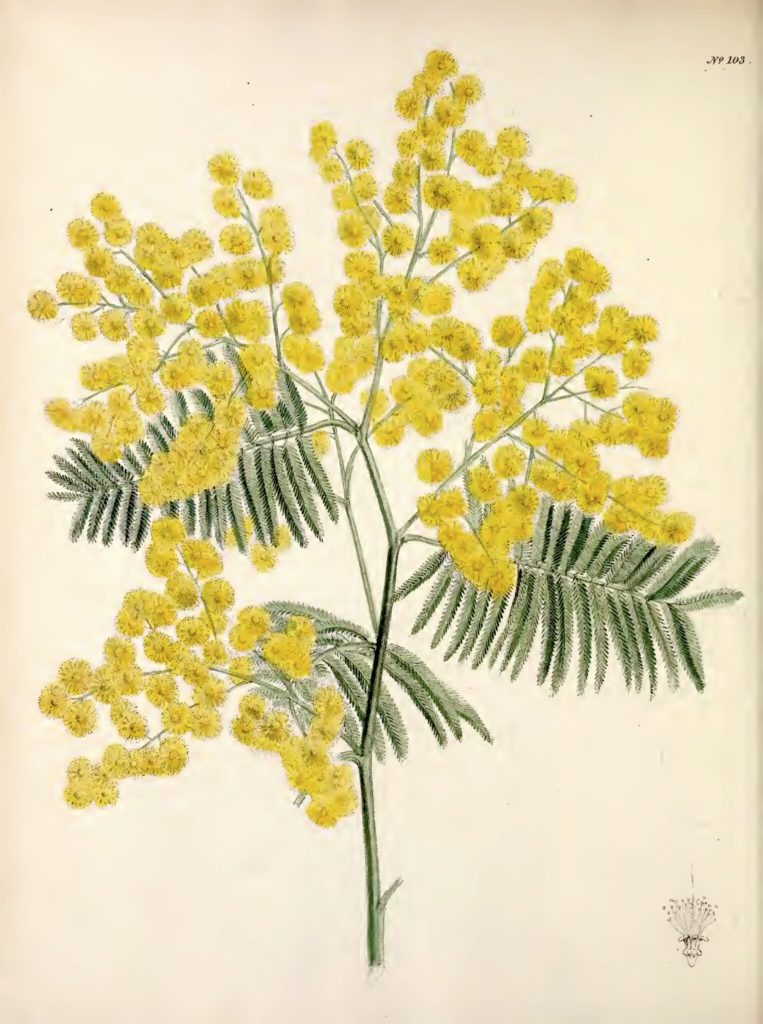Here are a few links around the web of flower and garden articles I have enjoyed lately from the healing and restorative practice of gardening, to Robin Wall Kimmerer´s ability to merge science and aesthetics. I’ve been loving these thought-provoking words and podcasts. The New York Time’s article on the duality of healthful and poisonous flowers hit a note for me as I have been immersing myself in edible flowers for our class. With so much misinformation on the internet, the importance of understanding the complexity of a plant’s edibility and how nature has more control then we often give it credit for, even in the stem of a beautiful flower, is more important than ever. Abra Lee’s Instagram is a history lesson on Black Americans in horticulture and is a must read for any garden lover.
“I cannot say exactly how nature exerts its calming and organizing effects on our brains, but I have seen in my patients the restorative and healing powers of nature and gardens, even for those who are deeply disabled neurologically. In many cases, gardens and nature are more powerful than any medication.
Robin Wall Kimmmerer- The Intelligence of all Kinds of Life
“The reason I wanted to study botany is because I wanted understand why asters and goldenrod looked so beautiful together.. I was told that if I was interested in beauty I should go to art school…as it turns out there is a very good biophysical explanation for why those plants grow together. It is a matter of aesthetics and a matter of ecology. The complementary colors of purple and gold, being opposites on the color wheel are so vivid they actually attract more pollinators”
The Dual History of Poisonous Flowers
“The more distanced we become from the natural world, the more we forget that plants, too, have tooth and claw. What we so often treat as merely decorative has agency apart from our desires…We believe we hold dominion over all, and yet these delicate growths have the power to transform, even control us.”
My Garden Life (House and Home UK, September 2020, Pg.70)
Sue Stuart-Smith on her book, The Well Gardened Mind (read a clip here):
“I interviewed people from a range of mental health gardening projects including prisoners, veterans, and at-risk youth, as well as people suffering from depression, anxiety and addiction. The most unexpected result of my questions was not one single thing but rather the scope of gardening to help people across the lifespan who were struggling with such different issues. “
In case you missed it, Abra did a takeover of the Frolic! Instagram a few months ago, but her Instagram is a must-follow for stories of Black Americans in gardening and floristry.
“Flower sellers, sometimes called peddlers or vendors, grew flowers on their rural land and brought them into cities like D.C., Richmond, Memphis, and to this day Charleston. These women represent so much more to me then spring. They represent resilience, direction, and purpose. The rough path I’ve walked for 20 years as a horticulturist has long been laid with beautiful flower petals. And these are the women I get to thank. The original Flower Farmers.”
Acacia illustration from Swallowtail Garden Seeds botanical illustration collection, Public Domain.
More about flower arranging over here.

